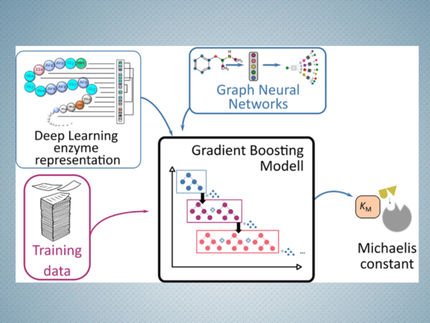Progress in battle against life-threatening acute allergy
Up to 15% of the population has to contend at some time with Anaphylaxis: a suddenly serious allergic reaction that can be life-threatening. Researchers from the Flanders Interuniversity Institute for biotechnology (VIB) connected to Ghent University have uncovered mechanisms that underlie this reaction. Their research offers new perspectives for the treatment of anaphylactic shock.
Some people have allergic reactions to certain substances that can be so pronounced that they affect the entire body. Such a reaction called anaphylaxis can be so severe that it becomes life-threatening. An injection of adrenalin is currently the only effective remedy known for this condition. But adrenalin often has no, or insufficient, effect on the cardiovascular collapse that is a consequence of the allergic shock.
Scientists are aware of the possible role of PAF (Platelet Activating Factor) in blood pressure and heart disorders that result from shock like anaphylactic shock. They also know that extreme amounts of nitric oxide (NO) can lie at the basis of shock. The so-called NOS enzymes are responsible for the production of NO in the body. However, the role of NO in producing anaphylactic shock, or how shock is induced by PAF, has always been unclear. So, Anje Cauwels and her colleagues, under the leadership of Peter Brouckaert, have been focusing their attention on anaphylaxis to try to shed more light on these matters.
The Ghent researchers used mice to study PAF and anaphylactic shock. To their great surprise, the hyper-acute PAF-induced shock was completely dependent on NO. Furthermore, the production of NO was not regulated by iNOS (the expected activator) but by the constitutive eNOS, which is activated via the PI3K pathway. Up to now, scientists have thought that this pathway only plays a role in normal blood pressure regulation, and not in shock.
The research team then set out to verify whether inhibition of the several leading actors could prevent anaphylactic shock. And indeed, from their research it turns out that inhibition of eNOS or PI3K provides total protection.
The research of Cauwels and Brouckaert has yielded an unexpected new finding: namely, that eNOS-derived NO plays a key role in anaphylactic shock. This discovery opens new perspectives for treatment it's now clear that eNOS and PI3K are prime targets for new drugs against anaphylaxis.
Original publication: Cauwels et al.; "Anaphylactic shock depends on PI3K and eNOS-derived NO"; The Journal of Clinical Investigation 2006.
Other news from the department science

Get the life science industry in your inbox
By submitting this form you agree that LUMITOS AG will send you the newsletter(s) selected above by email. Your data will not be passed on to third parties. Your data will be stored and processed in accordance with our data protection regulations. LUMITOS may contact you by email for the purpose of advertising or market and opinion surveys. You can revoke your consent at any time without giving reasons to LUMITOS AG, Ernst-Augustin-Str. 2, 12489 Berlin, Germany or by e-mail at revoke@lumitos.com with effect for the future. In addition, each email contains a link to unsubscribe from the corresponding newsletter.



















































